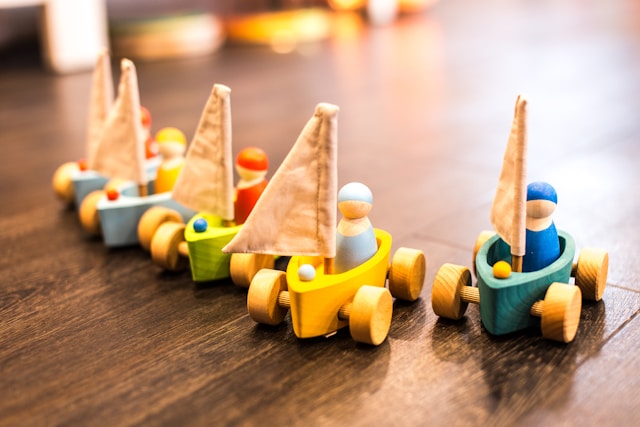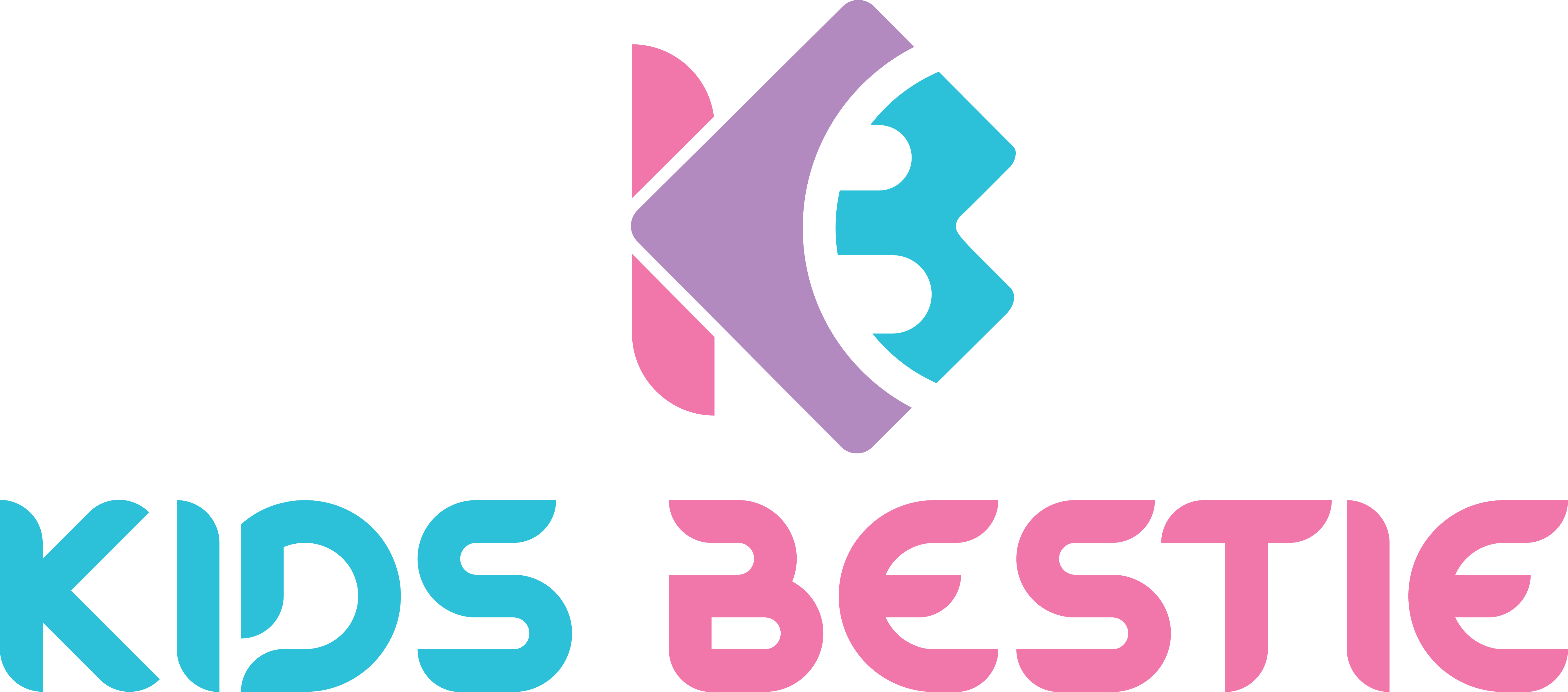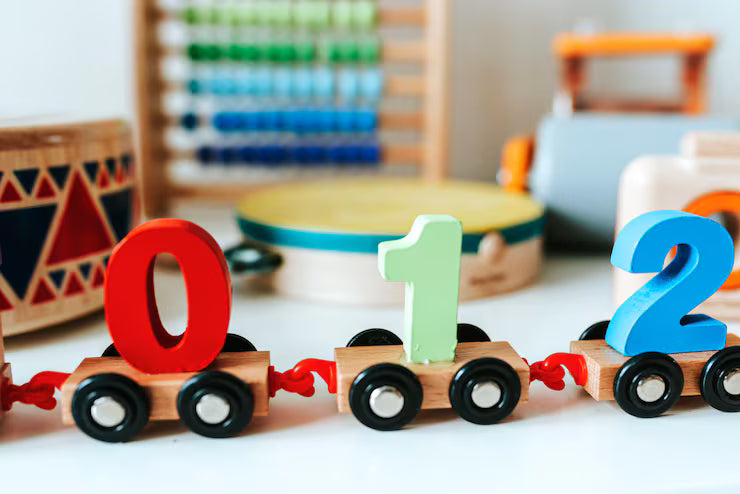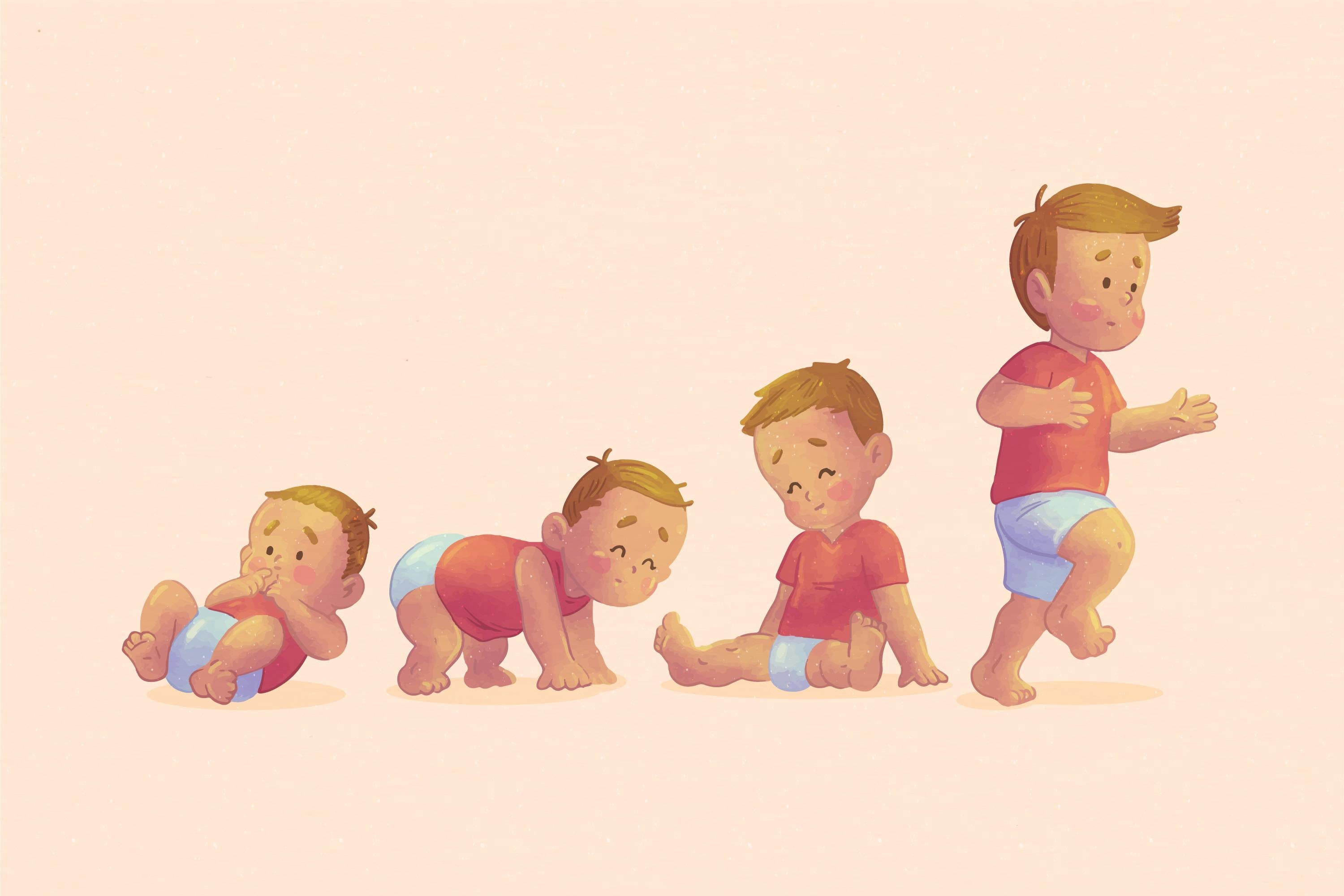
Top Montessori-Inspired Toys for Infants 0–6 Months
Montessori-inspired toys encourage reaching, grasping, transferring from hand to hand, and yes, plenty of mouthing. It's about respecting your baby's natural development and offering simple, purposeful items that encourage exploration without overstimulation.
When my neighbor brought home her newborn last year, I watched her navigate the overwhelming world of baby products. Her nursery quickly filled with flashing toys, battery-operated mobiles, and colorful plastic contraptions that honestly looked more exhausting than engaging. That's when she discovered Montessori principles—and everything changed.
The Montessori approach isn't about buying expensive wooden toys or creating an Instagram-perfect nursery. It's about respecting your baby's natural development and offering simple, purposeful items that encourage exploration without overstimulation. For Indian parents especially, this philosophy aligns beautifully with our values of mindful parenting and avoiding unnecessary clutter.
Why Montessori Works for Young Infants
Babies between 0-6 months are experiencing rapid brain development. Their vision sharpens gradually, moving from blurry shapes to recognizing faces. Their tiny hands begin discovering they can actually grasp objects. During these crucial months, they don't need toys that do everything for them—they need tools that let them do the discovering.
Think about it: a rattle that lights up and plays three songs might seem fun, but what's your baby actually learning? Compare that to a simple wooden rattle they can grip, shake, and explore at their own pace. They're building cause-and-effect understanding, strengthening hand muscles, and developing focus—all without batteries.
What Makes a Toy "Montessori"?
Before we dive into specific recommendations, let's clear up what Montessori actually means for infant toys. You're looking for items that are:
Simple in design. No flashing lights or automatic sounds. The baby creates the action, not the toy.
Made from natural materials. Wood, organic cotton, and metal (like a simple bell) offer different textures and temperatures for sensory exploration.
Appropriate for their developmental stage. A 2-month-old has different needs than a 5-month-old. Respect where they are right now.
Safe for mouthing. Everything goes in the mouth during these months. That's how babies explore!
The Best Montessori Toys for 0-6 Months
High-Contrast Visual Cards
Newborns see best at about 8-12 inches away—roughly the distance to your face while feeding. Their developing vision responds strongly to black and white patterns. Simple visual cards with bold geometric shapes help strengthen their eye muscles and attention span.
At Kids Bestie, we've seen parents use these during tummy time or attach them near the changing table. Babies often stare intently at these patterns, which looks simple but is actually serious brain work happening.
Wooden Rattles and Grasping Toys
Around 3-4 months, your baby's grasp reflex transforms into intentional grasping. This is huge! They're learning their hands are tools they control. A lightweight wooden rattle becomes a perfect first toy.
Look for smooth, splinter-free finishes and shapes easy for tiny hands to hold. The natural weight of wood gives authentic feedback—much different from hollow plastic. When they shake it and hear the gentle sound they created, you're watching cause-and-effect learning in real-time.
Soft Cotton Balls or Ribbons
Sometimes the best toys aren't officially "toys" at all. A soft, organic cotton ball or a simple ribbon tied in a loose knot gives your baby something interesting to grasp and explore. These work wonderfully around 2-3 months when they're beginning to reach for objects.
Just ensure whatever you offer is large enough that it can't be a choking hazard and always supervise closely. The beauty here is the simplicity—no instructions needed, no "right way" to play.
Montessori Mobiles
Here's where many parents get excited. Montessori mobiles are nothing like those battery-powered spinning contraptions. They're thoughtfully designed visual experiences that change as your baby develops.
The Munari mobile (black and white geometric shapes) works perfectly for newborns. As vision develops, you might move to the Gobbi mobile (spheres in graduating shades of one color) around 2-3 months. These hang just within your baby's visual field and move gently with natural air currents—no motors, no music, just peaceful observation.
Textured Sensory Balls
Around 4-6 months, babies become fascinated with different textures. A set of sensory balls made from natural materials—perhaps one wooden, one fabric, one with gentle bumps—becomes an entire world of discovery.
These encourage reaching, grasping, transferring from hand to hand, and yes, plenty of mouthing. That's exactly what should happen. Kids Bestie offers options specifically designed for this age range, keeping safety and developmental appropriateness front and center.
What You DON'T Need
Let me save you some money and space. Your infant doesn't need activity centers, walkers, or toys with multiple buttons and functions. They don't need toy boxes overflowing with options. In fact, research shows that fewer, higher-quality toys lead to longer, more focused play.
Skip anything that entertains your baby for them. The magic happens when they're the active participant, not a passive observer.
Making It Work in Indian Homes
Montessori doesn't require a massive budget or a dedicated playroom. A small basket with 3-4 thoughtfully chosen toys rotated weekly works better than a room full of stuff. You can create a simple floor space with a cotton mat where your baby has freedom to move and explore safely.
Many Indian parents worry about keeping things clean, especially with floor play. Totally valid! A washable cotton play mat that you can easily clean works perfectly. The goal is creating a "yes space" where your baby can explore safely without constant "no, don't touch that."
Your Baby Knows What They Need
Here's what I've learned watching parents embrace this approach: babies are remarkably good at choosing what interests them when given simple, open-ended options. Some days they'll stare at the mobile for 20 minutes. Other days they only want to mouth a wooden ring. Both are valuable.
Your job isn't to entertain them constantly or ensure they're hitting milestones faster. It's to provide a calm, prepared environment with a few quality items and then step back. Trust their natural curiosity—it's more powerful than any toy company's promises.
The Montessori approach for 0-6 months isn't about perfection. It's about simplicity, respect, and giving your baby space to become themselves. And honestly? That makes parenting a bit easier too.



